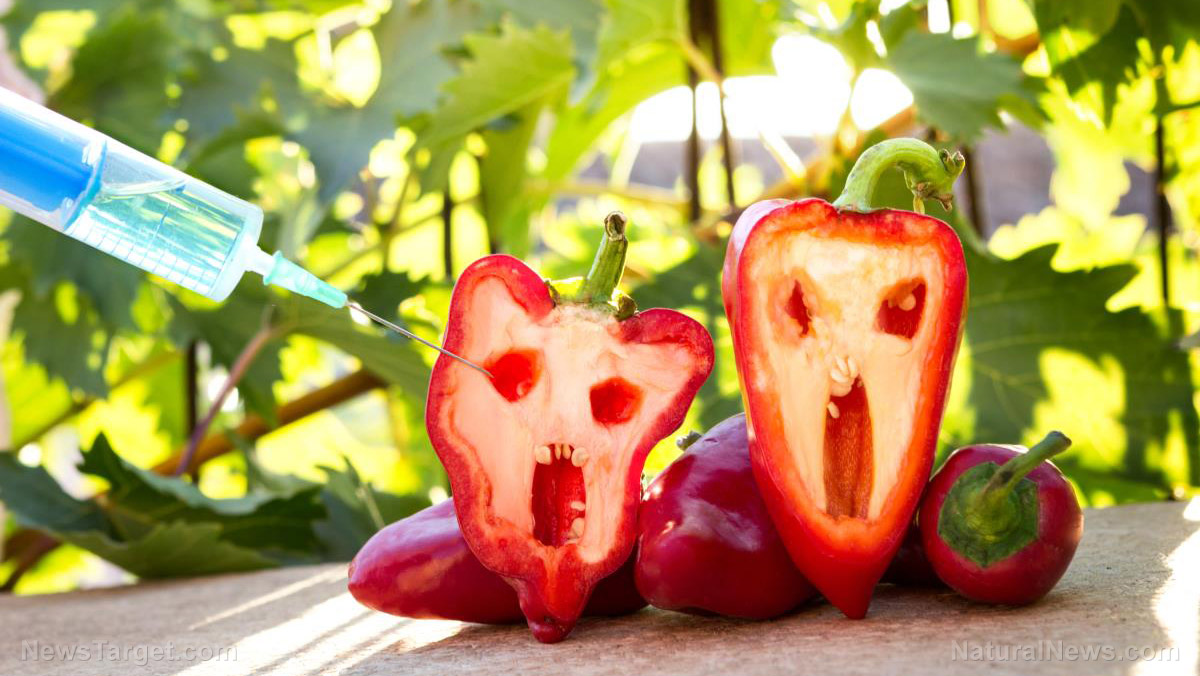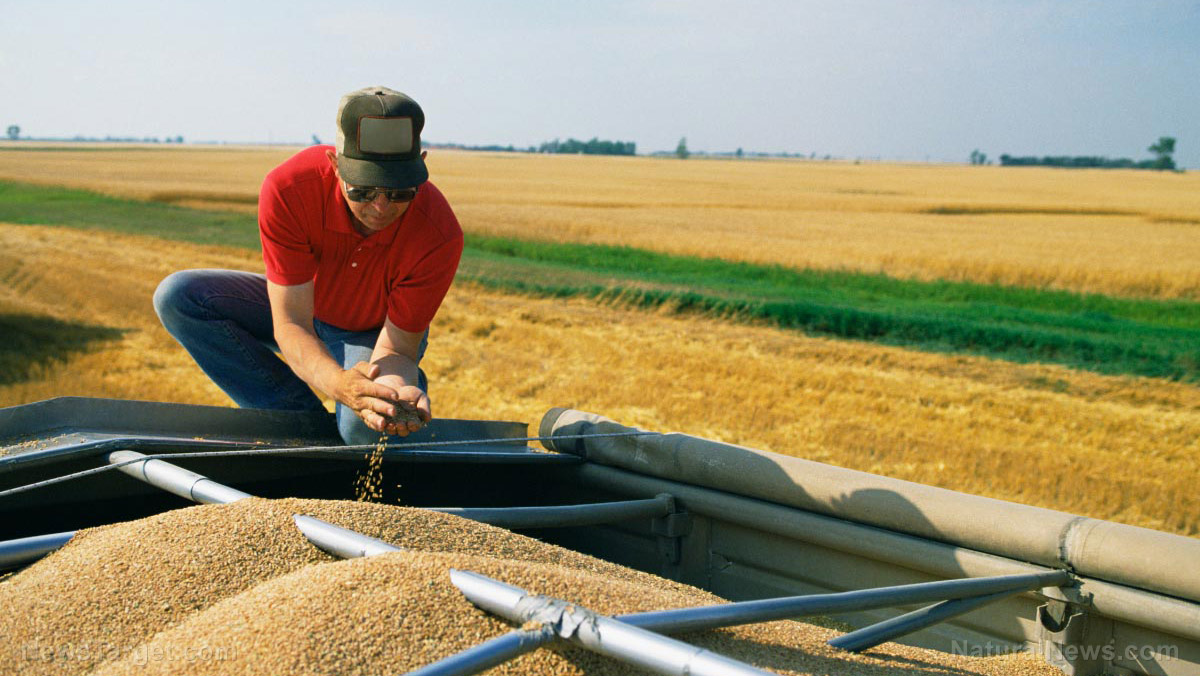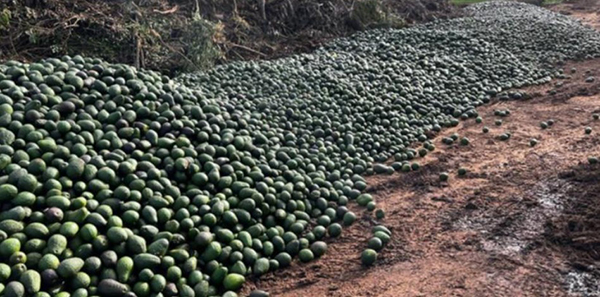Eat lots of fiber with breakfast to balance your blood sugar levels, especially if you’re diabetic
05/16/2018 / By Jessica Dolores

Diabetes is a disease that plagues around 193,000 Americans under 20. Every year, there are 1.5 million cases diagnosed in the U.S. For those who are diagnosed with the metabolic condition, the solution can be found in diet and nutrition. A study published in the The American Journal of Clinical Nutrition revealed that consuming more fiber from food and supplements after breakfast can balance blood sugar levels and help diabetics.
Researchers conducted a randomized clinical trial on patients with Type 2 diabetes. Participants consumed breakfasts with the same number of calories, high amounts of fiber from diet food and supplements, and normal amounts of fiber. Data were examined through repeated ANOVA and post hoc Bonferroni tests.
Before the study, it was uncertain if fiber intake from foods or supplements could lower glucose levels after breakfast. By showing that such a relationship exists, diabetic patients can adjust their after-breakfast diets to include more fiber from food and food supplements.
Diabetes is a serious disease that claims lives. The disease can lead to blindness, kidney failure, heart disease, and other serious health problems. As always, prevention is better than cure. People with pre-diabetes, or those whose sugar levels are high need to take preventive steps to keep the disease from progressing.
Natural ways to fight diabetes
How do you avoid being one of the 70 percent of those with pre-diabetes who go on to develop Type 2 diabetes? Here are ways to arrest the disease before it’s too late.
- Exercise regularly – Exercise reduces the amount of insulin your body needs to keep blood sugar levels under control. A study on people with pre-diabetes showed that moderate exercise raised insulin sensitivity by 51 percent, while intense workouts increased it by 85 percent. These increases were only seen during workout days, however. Another study on diabetics revealed that burning over 2,000 calories a week through exercise improved insulin response and function. So choose the exercise you enjoy, and stick to it.
- Get rid of sugar and refined carbs from your diet – Your body quickly breaks down sugary foods and refined carbohydrates into small sugar molecules which make their way into your bloodstream. The resulting blood sugar spike makes your pancreas produce insulin. This hormone removes sugar from your bloodstream and lets it enter your cells. The cells of pre-diabetics are resistant to insulin, so sugar level remains high in the blood. The pancreas make up for this by producing more insulin to bring blood sugar down to a normal level. This can lead to diabetes.
- Lose weight if you’re overweight – Most diabetics are overweight, while pre-diabetics usually have excess weight in their abdomen. This is called visceral fat. Too much visceral fat promotes inflammation and insulin resistance. This, in turn, significantly raises the risk of diabetes. A study of over 1,000 people revealed that pre-diabetics lower their risk of developing diabetes by 16 to 95 percent for every kilogram (2.2 lbs) of weight they lose.
- Make water your main beverage – Taking water more regularly keeps you away from sugary beverages and others with unhealthy ingredients. Sugar-filled beverages like soda and punch have been associated with a higher risk of Type 2 diabetes and latent autoimmune diabetes in adults (LADA). This is a form of type 1 diabetes. LADA progresses slowly and needs more treatment as the disease develops. One study revealed that taking over two servings of sugar-sweetened beverages a day raised a person’s risk of developing LADA and Type 2 diabetes by 99 percent and 20 percent, respectively. By contrast, a 24-week study revealed that overweight adults who replaced diet sodas with water while enrolled in a weight loss program had reduced insulin resistance, lower fasting sugar and insulin levels.
The consequences of diabetes are scary. But with a healthy diet, exercise and discipline, diabetics and prediabetics can fight the deadly scourge.
Sources include:
Submit a correction >>
Tagged Under:
diabetes, diabetes cure, diabetes prevention, diabetes science, diabetes treatments, fiber, food, food as medicine, food science, good diet, good nutrition, high-fiber diet, insulin, Natural Treatments, pre-diabetes, prevention, proper diet, proper nutrition
This article may contain statements that reflect the opinion of the author
RECENT NEWS & ARTICLES
COPYRIGHT © 2017 FOOD SCIENCE NEWS



















